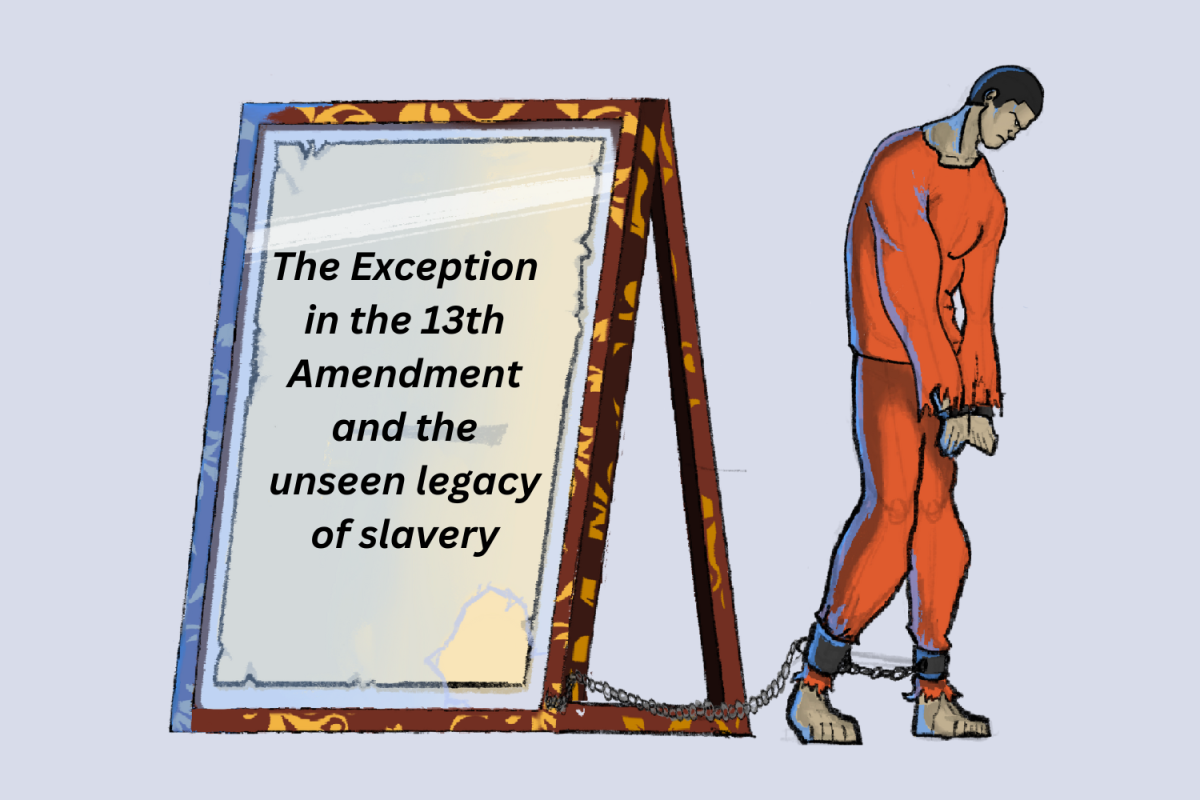My bookshelf is my art gallery; every time I pass by, I am transported to the Louvre in Paris.
Each book on my bookshelf is a piece of art that I can pull out and appreciate. Be it feeling the deckled edges, reading old annotations or touching the texture of the book cover, every single copy has distinctive details that communicate its past. Every book I’ve read was an adventure, and every book not read yet will be a future adventure. Each book’s spine, whether cracked or pristine; each annotation, whether by me or a past owner and each hardback, whether missing its dust jacket or not, all represent a unique history to me that I would be unable to appreciate to the fullest degree if they were a digital library. It’s like looking at Van Gogh’s “The Starry Night” through a screen, unable to appreciate the layers of paint and effort within the work.
Growing up in a digital world, some of my earliest memories involve a screen. Games like Angry Birds and Cut the Rope were mainstays of my childhood experience. As I got older, everything in my life seemed to become digital. I traded DVDs for streaming, the Garfield comic books for YouTube, the physical notebooks I had for the Apple Notes app and the playdates of my childhood for texting.
The digitalization of my entire life reached a climax in my sophomore year when I picked up reading again. At first, I read only PDFs, finding the ease of access to eBooks, but I found annotations and marginalia an impossible task to do without a physical book. Following this revelation I’ve begun to turn my back on the rapid digitalization of my life in favor of the physical. In an age of mass media, I’ve sought the refuge of the worn-out pages of a second-hand book. A beat-up Penguin Classics of “Moby-Dick”, with the edges falling apart; faded highlights blending in with the sallow page and an old boarding pass to Cincinnati in place of a bookmark. These all serve to improve the book’s appeal. Its past ownership isn’t a defect, but a feature. The tangible is something real, something I can hold on to, something I can look back on and reminisce upon, some memory that can be triggered with a simple stimulation of the five senses: touch, taste, feel, sight and smell.
Most of all, the analogs are objects I can feel. Just like feeling the crumbling pages of my second-hand copy of Moby-Dick, I find a warm embrace from a friend comforting. After all, can love exist without physical experiences? Experiences as fundamental to my life as hugs, taking walks at dawn and basking in the smell of the morning dew. Handwriting birthday cards or delivering out small gifts can’t happen in a digital world. Most of my senses — crucial to daily life — are ignored in a digital setting. Physical objects enrich my personal life, and bestow meaning and love in the small things, making the insignificant truly special.
Digital experiences will never be as powerful as physical experiences. In a digital world full of growing polarization and decreasing attention span, I have found meaning in experiences found only in the physical: slowing down to appreciate the mundane.



































































Martin Oehlmann • Oct 8, 2024 at 1:20 am
Congratulations, excellent essay. You are a brilliant writer. The human journey of spirit is diving into the physical reality, gathering wisdom through deeply sensed experiences. The digital realities are great for imagination longing for physical experiences.